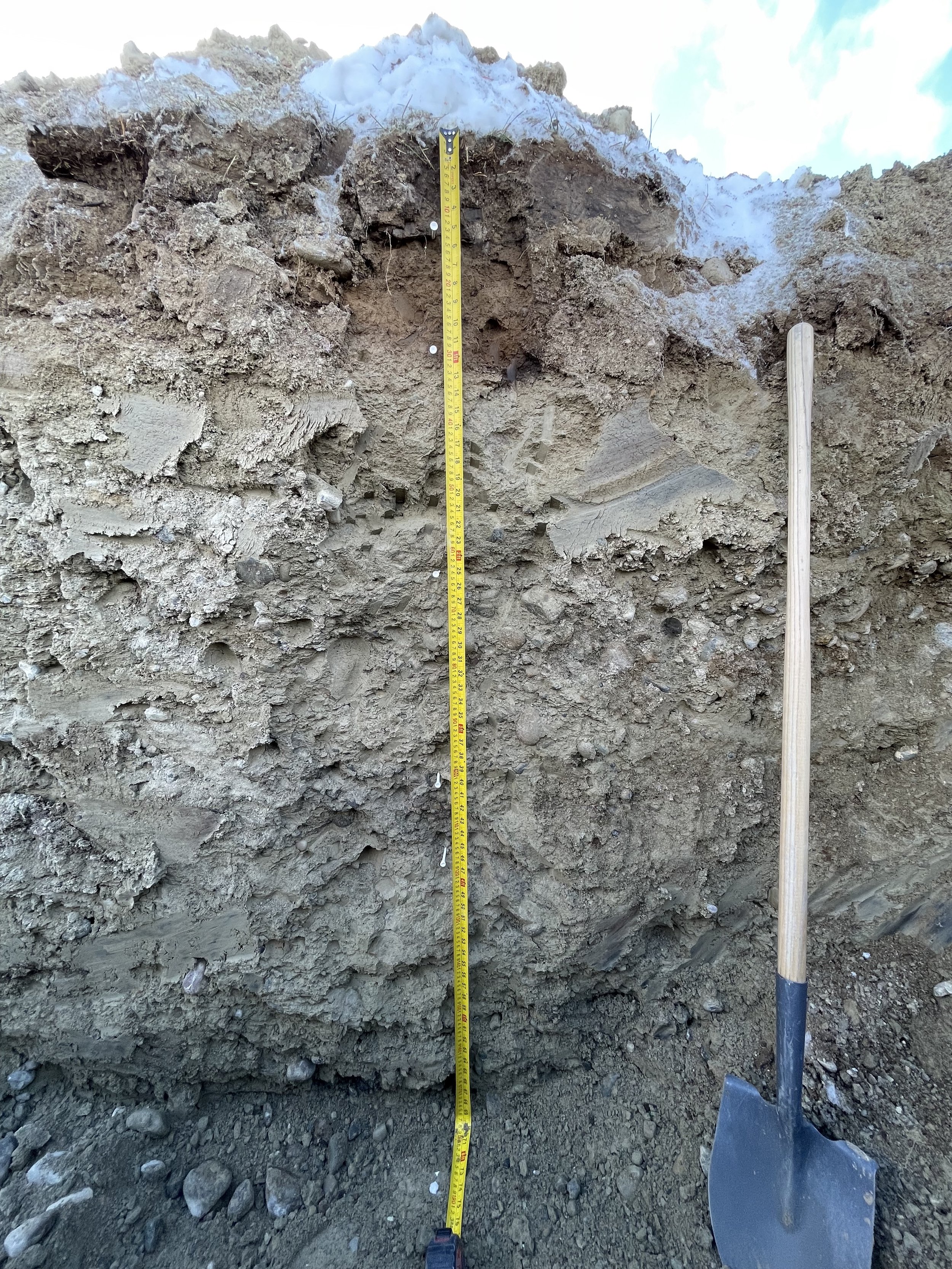
SEPTIC SYSTEMS
What is a septic system?
A septic system is one of the most crucial utilities for many rural and suburban properties. Also referred to as onsite sewerage systems in British Columbia, they collect and treat wastewater generated by a home (or another type of facility connected to a water supply) before discharging treated effluent into the receiving environment (usually to a sub-surface dispersal area). A typical system consists of a septic tank and septic field, however, some circumstances may require a pump tank and/or secondary treatment plant. Some more environmentally sensitive sites may even need some type of tertiary treatment for disinfection of pathogens or nutrient removal.
What is the process to obtain a septic system?
Whether a new construction or upgrading an existing system, the process starts with a full site investigation by an Authorized Person (Planner or Professional) to gather all relative information and understand what the property is capable supporting. Once this information is obtained and the peak flow rate of the building(s) is determined, a design is completed and filed with the regional health authority along with a completed Record of Sewerage System document. Once the design has been accepted, the system is constructed by an Installer, followed by an inspection and commissioning of the system by the designer. Maintenance requirements are also established by the designer and outlined within an Operation & Maintenance manual that is submitted to both the regional health authority and the system owner, along with as-built drawings and a Letter of Certification document.
Subdivision Assessments
Subdivision applications which intend to utilize separate septic systems for each newly subdivided lot must include a comprehensive report prepared by an Authorized person (Planner or Professional) to assess each new lot’s ability to support primary and reserve onsite sewerage systems. A full site investigation of each proposed new lot is completed in accordance with specific criteria established by the regional health authority. The main objectives when determining primary and reserve system locations are the protection of any water sources and to confirm sufficient land availability to accommodate conventional septic systems to ensure the long term sustainability of the lot.
Authorized Person
An Authorized Person is a Registered Onsite Wastewater Practitioner or Professional, as defined in the BC Public Health Act’s Sewerage System Regulation (SSR).
A Registered Onsite Wastewater Practitioner (ROWP) is registered through the Applied Science Technologists and Technicians of BC (ASTTBC). There are four ROWP categories, which include:
Planner - responsible for the assessment of site and soil conditions, system design, construction review, and certification of system construction.
Installer - responsible for the physical installation and repair of onsite wastewater systems in accordance with specifications provided by the Planner or Professional.
Maintenance Provider - responsible for the maintenance of onsite wastewater systems in accordance with the maintenance plan provided by the Planner or Professional.
Private Inspector - responsible for the assessment of existing systems - typically to support real estate transactions or building permit applications. This endorsement is split into two categories, Private Inspector Residential (PIR) or Private Inspector Commercial (PIC).
A Professional with regard to the SSR generally refers to an Engineer or Geoscientist with training and experience in soil analysis and sewerage system construction and maintenance, and is a practicing member registered with a professional association recognized in BC.
Regulations
There are various provincial regulations concerning onsite sewerage systems in British Columbia, each conditional to the nature of the project. In addition, there may also be local municipal or regional district bylaws to adhere to that expand on the standards set forth by the provincial regulations.
The Public Health Act’s Sewerage System Regulation applies to residential or other types of facilities that produce a peak flow up to 22.7 cubic meters per day.
Subdivisions are governed by the Local Services Act’s Subdivision Regulations.
Larger wastewater systems that produce peak flows greater than 22.7 cubic meters per day are handled through the Ministry of Environment and subject to the Environmental Management Act’s Municipal Wastewater Regulation.





